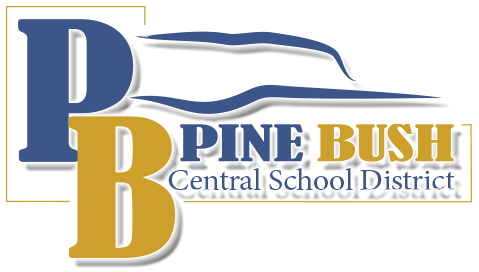Let’s talk cells!
That was the topic in Antonia Ciccarelli and Kate Shadrin’s seventh-grade class at CVMS recently where they did a cell membrane bubble experiment.
The class is learning about cell membranes and how flexible and fluid they are. So they broke out the bubbles to see just how it all works.

Bubbles are fluid, flexible and can self-repair, just like cell membranes. So, Ms. Ciccarelli prepared the soap bubble solution, complete with corn syrup, to show the properties of cell membranes.
The students learned that bubbles and cell membranes are alike because their parts are so similar. If you zoom down on a cell membrane, you would see that it is a double layer of little molecules called phospholipids.
Phospholipids have a love-hate relationship with water. One end is attracted to water and the other end is repelled by it. Same with soap molecules – they have the same split personality! One end of soap molecules attracts water molecules and the other end repels water.
The first experiment showed how fluid and flexible cell membranes are. They are not static. Instead they bend and flex, adapting to changing conditions. The students lifted their bubble frame out of the solution so that a thin film went across the entire frame.

As they tilted it back and forth, the students observed the surface of the film, noticing the swirl of color as light reflected off the film. Molecules in the cell membrane move in a similar fashion. They rotated the sides of the frame, noticing the elasticity of the film. The film bounced up and down as they gently moved the frame up and down.

The second of their bubble experiments showed how bubbles, like cell membranes, can self-repair. Lifting the bubble frame out of the solution, the students used their fingers and a pencil to push through the film without breaking it. As they removed their fingers and pencils, the bubble bounced back to its original shape! They did the same with their entire hand with the same result! Like the bubble layer, cell membranes can spontaneously repair small tears in the lipid bilayer!

It was pretty amazing and a great example of just how our cell membranes work for us!
